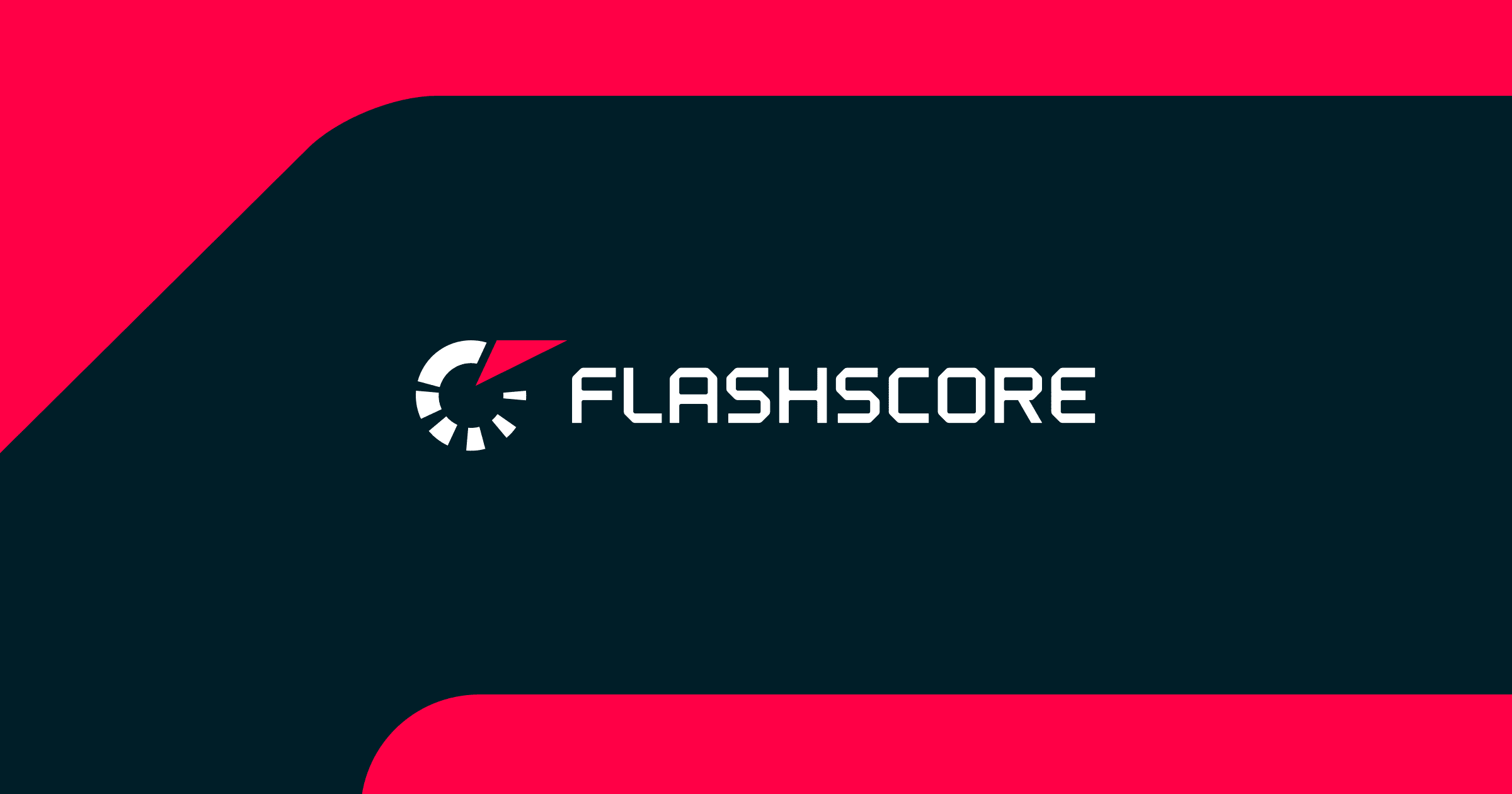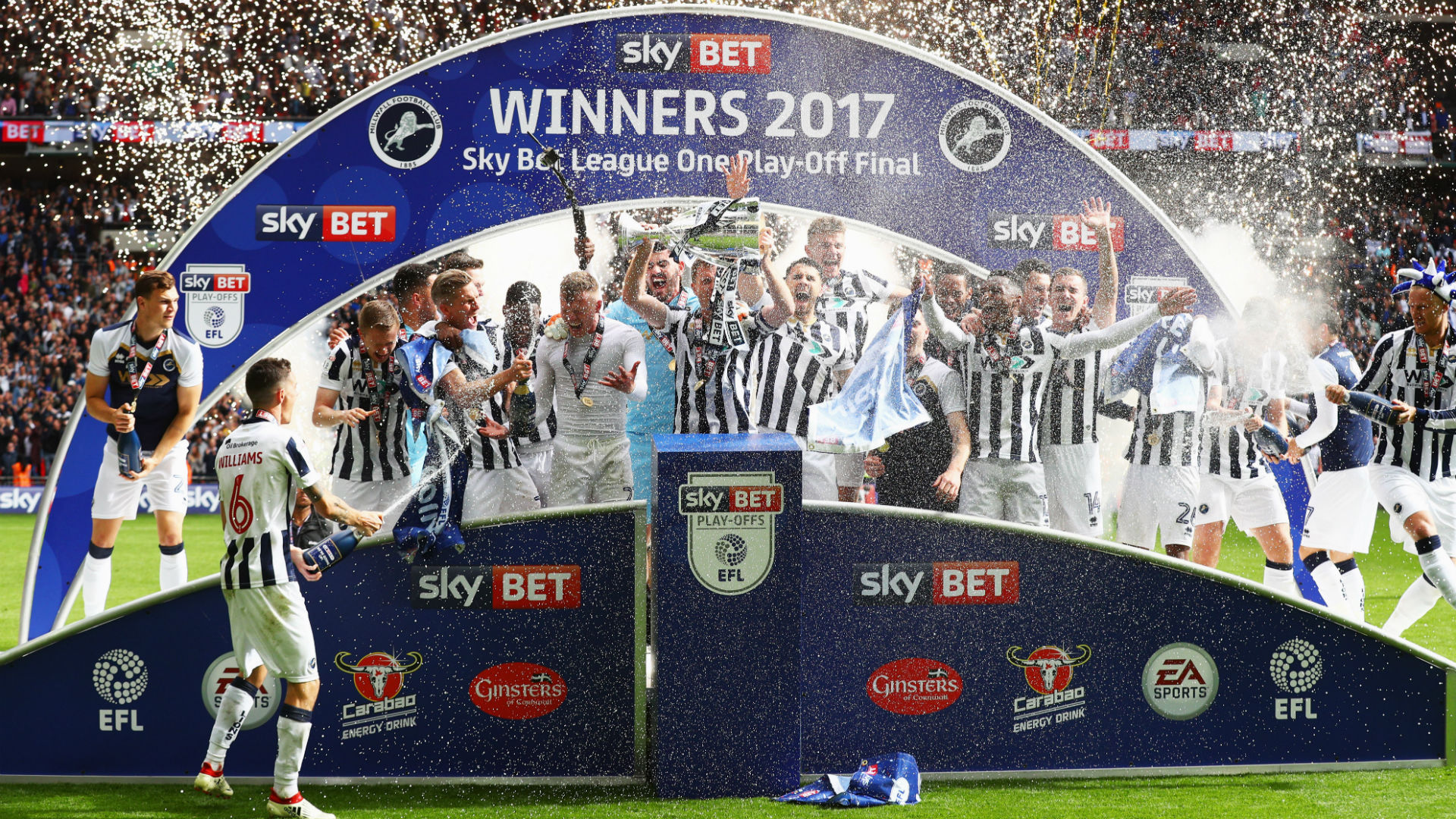League One Flashscore provides comprehensive coverage of the English Football League One. This analysis delves into user behavior on the platform, examining how fans interact with match data and suggesting improvements to enhance the overall experience. We’ll explore data presentation, content enhancements, competitor analysis, and the crucial mobile experience, ultimately aiming to understand how Flashscore can optimize its service for League One enthusiasts.
Find out further about the benefits of league one games per season that can provide significant benefits.
The study covers various aspects, from user journey mapping and persona development to comparative analysis of data visualization techniques employed by Flashscore and its competitors. Suggestions for improved data presentation, interactive features, and mobile interface enhancements are also detailed, aiming to provide actionable insights for improving user engagement and satisfaction.
League One Flashscore: User Behavior
Understanding user behavior on the Flashscore League One page is crucial for optimizing the platform and enhancing user experience. Analysis reveals patterns in how users navigate the site, interact with data, and demonstrate engagement. This section details typical user journeys, interaction methods, and indicators of high engagement, culminating in a user persona representing the average League One Flashscore user.
Typical User Journey on the Flashscore League One Page
A typical user journey begins with accessing the League One section of Flashscore, often via a direct link or search engine. Users then typically scan the league table to check standings, followed by drilling down into specific match details for scores, statistics, and potentially live updates. Navigation often involves scrolling, clicking on match listings, and potentially using filtering options if available.
Many users revisit the page frequently to check for updated scores and results.
User Interaction with Match Data
Users primarily interact with match data by viewing scores, dates, and potentially team statistics. Some users may utilize filtering options to narrow down results, such as sorting by date or team. Clicking on individual matches usually leads to a more detailed view, including individual match statistics, and potentially lineups if available. Direct interaction is limited to clicking and scrolling, reflecting a predominantly passive consumption pattern.
Indicators of High Engagement
High engagement is indicated by prolonged session durations, frequent revisits to the page, and interactions beyond simple score viewing. For example, users actively checking live updates, exploring detailed match statistics, or using advanced filtering options all suggest higher engagement. A user who regularly returns to check the latest scores, even without actively engaging with detailed statistics, can still indicate a high level of engagement with the platform.
User Persona: The League One Flashscore Fan
A typical League One Flashscore user, “Mark,” is a 35-year-old male football fan who follows a specific League One team closely. He accesses Flashscore daily, primarily on his mobile phone, to check live scores and league standings. Mark is interested in match results, but rarely delves into advanced statistics. He values the speed and simplicity of the platform, prioritizing quick access to up-to-date information.
League One Flashscore: Data Presentation
The presentation of match data significantly impacts user experience. This section proposes an alternative layout, compares Flashscore’s presentation with a competitor, analyzes current visualization methods, and provides a responsive HTML table example.
Alternative Layout for Match Results
An improved layout could prioritize a cleaner, more visually appealing presentation. Using a card-based design, each match could be presented with a larger font size for scores, clearer team logos, and a more intuitive date display. A color-coded system could highlight wins, losses, and draws for easier at-a-glance comprehension.
Comparison with a Competitor
Compared to ESPN’s football section, Flashscore generally prioritizes speed and simplicity, while ESPN emphasizes richer content and more in-depth analysis. Flashscore’s strengths lie in its immediate score updates and streamlined interface, while ESPN offers more comprehensive match coverage, including news articles and expert commentary. However, ESPN’s interface can be considered less user-friendly for quick score checks.
Strengths and Weaknesses of Current Data Visualization
Flashscore’s current visualization is efficient for quickly accessing scores and standings. However, it could benefit from improved visual hierarchy, larger fonts, and clearer visual distinctions between wins, losses, and draws. The current design is functional but lacks visual appeal compared to competitors with more visually engaging layouts.
Responsive HTML Table for Match Data
The following table demonstrates a responsive design using HTML. The table adapts to different screen sizes, ensuring readability across devices.
| Team 1 | Team 2 | Score | Date |
|---|---|---|---|
| Team A | Team B | 2-1 | 2024-03-08 |
| Team C | Team D | 0-0 | 2024-03-09 |
League One Flashscore: Content Enhancement
Enhancing the user experience requires adding relevant data points, interactive features, and potentially live commentary. This section explores potential additions and their impact on user engagement.
Additional Data Points for Enhanced User Experience
Including additional data points, such as team formations, key player statistics (goals, assists), and referee information, would enrich the user experience. Adding links to team news articles or social media pages could also increase engagement.
Potential Benefits and Drawbacks of Live Match Commentary
Live match commentary could significantly enhance engagement but requires substantial resources and real-time data feeds. Benefits include increased user retention and a more immersive experience, but drawbacks include potential delays, increased bandwidth consumption, and the need for skilled commentators.
Interactive Features to Increase User Engagement
Interactive features such as user polls, prediction contests, and the ability to create personalized dashboards could significantly boost user engagement. These features create opportunities for user interaction and gamification of the platform.
Hypothetical Enhanced Match Details Page
An enhanced match details page could feature a larger score display, team logos, starting lineups, key statistics (possession, shots on target), a timeline of key events (goals, cards), and perhaps even short video highlights. The layout would be clean and intuitive, with clear visual separation of different data sections.
League One Flashscore: Competitor Analysis
Understanding the competitive landscape is crucial for Flashscore’s continued success. This section identifies key competitors, compares features, highlights unique selling points, and suggests further differentiation strategies.
Key Competitors of Flashscore, League one flashscore
Three key competitors for League One football data are ESPN, BBC Sport, and Soccerway. These platforms offer varying levels of detail, features, and user experience.
Comparison of Features and Functionalities
Compared to ESPN and BBC Sport, Flashscore excels in providing quick and concise information. However, ESPN and BBC Sport offer more in-depth news coverage and analysis. Soccerway provides a similar level of match data but might lack the streamlined interface of Flashscore.
Unique Selling Points of Flashscore
Flashscore’s unique selling point lies in its speed, simplicity, and reliable live score updates. The platform’s clean interface prioritizes ease of use and quick access to information.
Further Differentiation Strategies
Flashscore could differentiate itself further by incorporating more interactive features, personalized content, and potentially offering advanced statistics and analytics not readily available elsewhere. Improving the mobile experience and adding multilingual support would also broaden its appeal.
League One Flashscore: Mobile Experience
The mobile experience is paramount in today’s digital landscape. This section assesses the current mobile experience, identifies areas for improvement, and suggests enhancements to the mobile interface.
Mobile User Experience
The mobile version of Flashscore generally provides a functional experience for accessing League One data. However, the design could benefit from larger fonts, improved visual hierarchy, and better use of screen real estate.
Areas for Improvement in the Mobile Version
Areas for improvement include optimizing the layout for smaller screens, enhancing responsiveness, and improving navigation. The current mobile experience is functional but could be more intuitive and visually appealing.
Key Elements Contributing to a Positive or Negative Mobile User Experience

A positive mobile experience is characterized by ease of navigation, clear visual hierarchy, fast loading times, and responsiveness to different screen sizes. A negative experience is characterized by slow loading, cluttered layout, and difficulty navigating to specific information.
Suggestions for Improving the Mobile Interface
- Increase font sizes for better readability.
- Improve visual hierarchy to emphasize key information.
- Optimize layout for smaller screens.
- Enhance responsiveness to different screen orientations.
- Implement a more intuitive navigation system.
- Add a dark mode option.
Ultimately, optimizing the League One Flashscore experience hinges on understanding user needs and leveraging data-driven insights. By enhancing data presentation, incorporating interactive features, and prioritizing a seamless mobile experience, Flashscore can solidify its position as the go-to resource for League One football fans. Further research into specific user segments and their preferences will be key to continued improvement and innovation.

